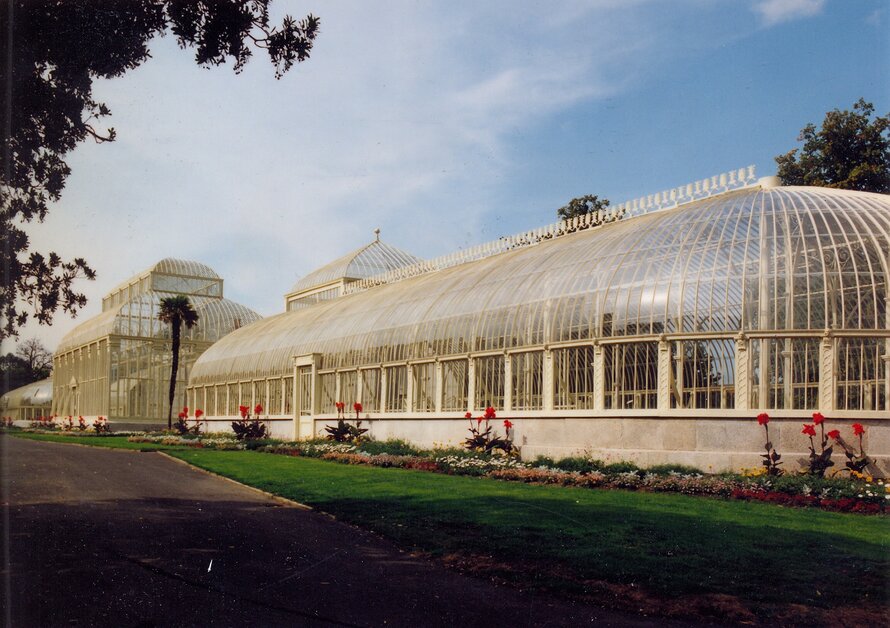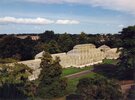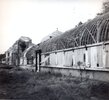Restoration of the Curvilinear Range, Dublin
The Curvilinear Range of glasshouses in National Botanic Garden of Dublin designed 1843-69 by Dubliner Richard Turner, is the most significant wrought and cast iron building in Ireland and one of the most important nineteenth century glasshouses surviving in Europe today. The ...
Read more
Project details
| Title: | Restoration of the Curvilinear Range, Dublin |
|---|---|
| Entr. year: | 1996 |
| Result: | Medal |
| Country: | Ireland |
| Town: | Dublin |
| Category type: | architectural heritage |
| Building type/ Project type: | Special building |
| Former use: | Glasshouses |
| Actual use: | Historic Glasshouses, cultural attraction |
| Built: | 19th century |
| Architect / Proj.leader: | Richard Turner and William Turner, Architects , Office of Public Works |
| The Jury's citation: | "For the excellent and faithful restoration of one of the most important surviving 19th century glasshouses in Europe, as an incentive for the development and research of wrought and cast iron restoration techniques" |
| GPS: | 53°22'21.2"N 6°16'18.9"W |
| Web, Links: | www.botanicgardens.ie/nbg/houses/curvilin.htm |
Description:
The Curvilinear Range of glasshouses in National Botanic Garden of Dublin designed 1843-69 by Dubliner Richard Turner, is the most significant wrought and cast iron building in Ireland and one of the most important nineteenth century glasshouses surviving in Europe today. The philosophy of the project was a "faithful restoration", i.e. that, where possible, original materials and design principles should be used. The research and development of wrought and cast iron restoration techniques, coupled with the further development of glazing and paint technology alongside more conventional stone and brick repair and cleaning techniques made this faithful restoration a feasible and economic option. Stainless steel was only used where wrought iron sections were not available or could not be reforged. Ductile Cast Iron superior tensile qualities were used where grey cast iron had fractured under tensile strain. Once the metalwork has been restored the cast and wrought iron required comprehensive paint protection. The chosen paint system is required to withstand an aggressive and corrosive atmosphere within the glasshouses where the rate of corrosion can be four times that of the external atmosphere. By using modern coating technology rather than reproduction lead based paint it was possible to be more environmentally friendly while at the same time providing a coating system of very low permeability which is vital to the long term use of wrought and cast iron in high humidity glasshouses. Great care was also taken to match the imperfections of mid-nineteenth century glass.
Similar projects
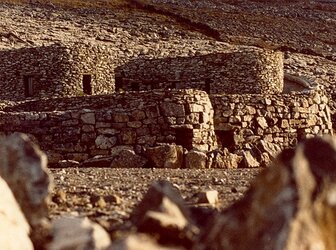
20th century
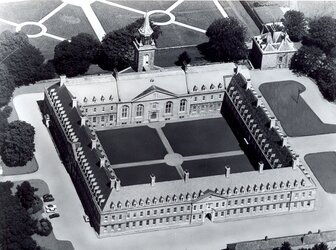
17th century

18th century
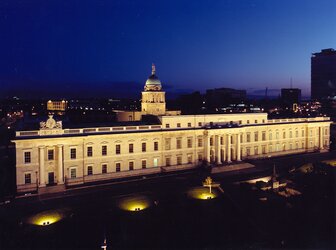
18th century
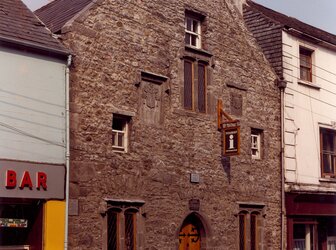
16th century
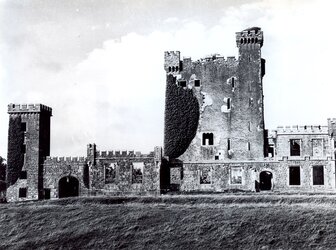
15th century
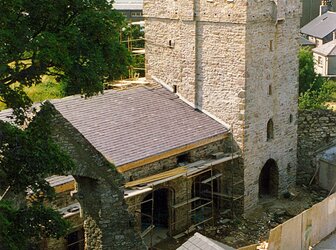
Middle-Ages
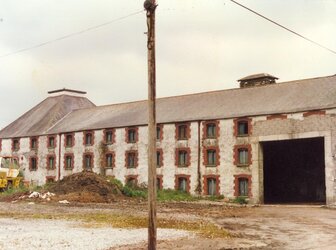
18th century
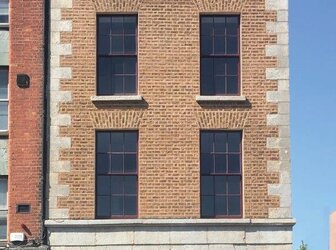
1843
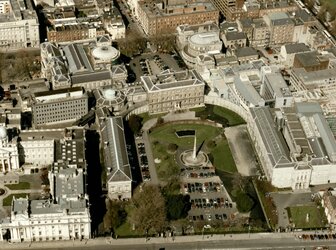
18th-19th century
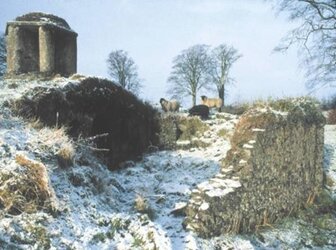
18th century
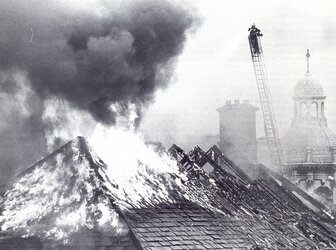
18th century
